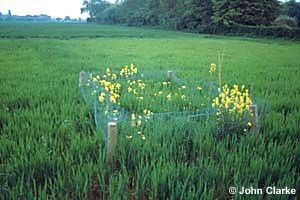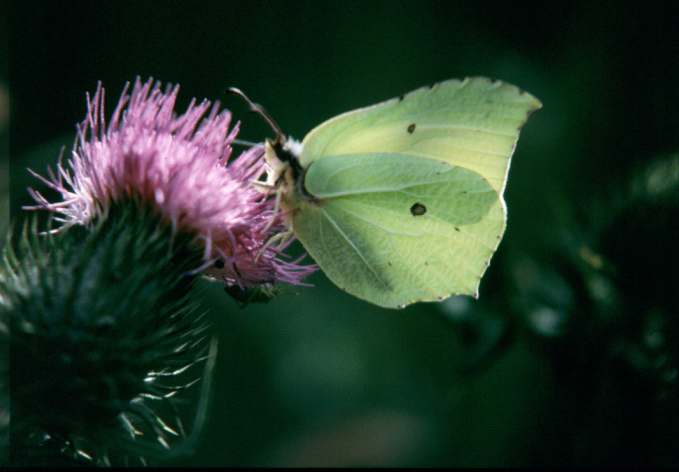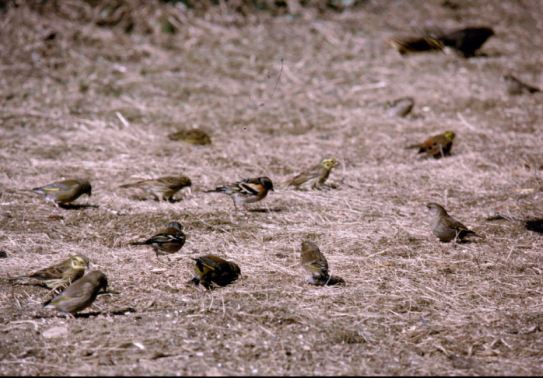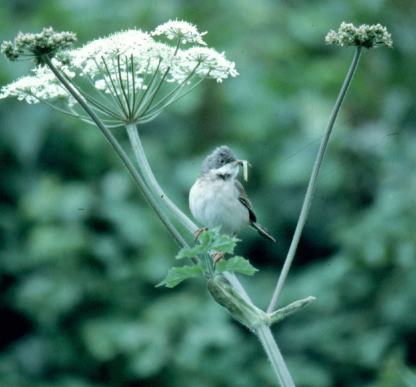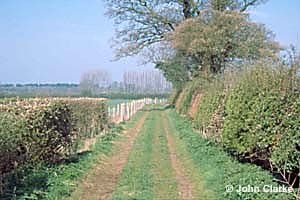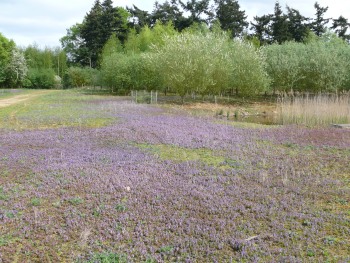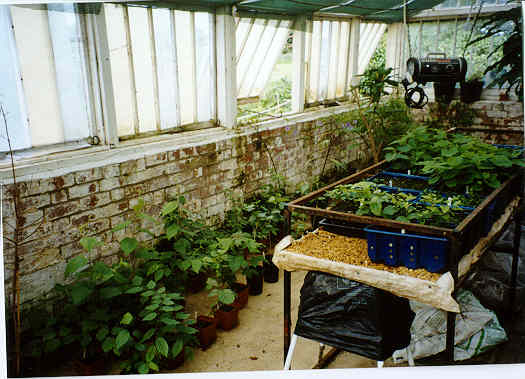KEMERTON CONSERVATION TRUST







|
'Conserving wildlife and ancient landscape' |
Registered Charity Number: 702488 |
The Trust has carried out many scientific surveys and research projects some of which are summarised below.
The Trust conducted a study into the establishment of new arable plant sites and the enhancement of existing sites. It was found that species-rich conservation margins were more easily established on sites with an existing, limited arable flora and without pernicious grass weeds. For a full description of the study’s methodology and conclusions please see our Practical arable wildflower conservation paper.
In 2000, with backing from English Nature and The Environmental Agency, KCT began a ten-year project to monitor the effects of changes in farmland management on wildlife populations. The project is located on the Kemerton Estate and uses an experimental methodology to assess the value of farmland schemes such as ‘Set-aside’ and ‘Countryside Stewardship’ for wildlife. This methodology is based on the principle that a few ‘indicators’ may be representative of diversity in the wider ecosystem. These are then monitored on a regular basis. The fauna ‘indicators’ are relatively quick and easy to monitor, and field workers do not require specialist scientific skills. The indicators are:
Glow worms belong to the family of beetles called Lampyridae which also includes Fire-flies (which do not occur Britain). They get their English name from their extraordinary ability to emit light and from the shape of the female insect, which has a worm-like appearance. A small-scale survey of parts of Bredon Hill was carried out in 2006. A more detailed study was undertaken in 2007, the results and methodology of which may be seen here In 2008 local volunteers carried out a wider survey of Glow-worms on Bredon Hill. The report on the project may be viewed here Note that the map referred to in the 2008 survey can be viewed here
The Trust funded P & J Whitehead to carry out a 5 year survey of invertebrates in the parishes of Kemerton and Bredon between 1991 and 1996. This ambitious undertaking produced exceptional results and gave rise to a number of scientific papers, including several published in the Journal of the Royal Agricultural Society of England. Whitehead’s research led to Bredon Hill being recognised as the third most important site in the UK for dead-wood beetles and other invertebrates. Much of the study area was subsequently designated as a Special Area of Conservation (SAC) – the highest level of protection under European legislation, reserved for those habitats and species considered to be most in need of conservation.
This series of trials aimed to investigate the value of using imported leaf litter as a means of enriching the biodiversity of young woodland plantations, which lack in the ground flora, fungi and soil microbes usually associated with old and established woodland. In these trials quantities of leaf litter were introduced from nearby ancient woodland to various target sites. A more detailed account of the trials' results and methodology can be seen here.
The bare ground at the newly-landscaped Kemerton Lake Nature Reserve was quickly colonised by mining bees. To date a number of species (some of local importance) have been identified, together with associated parasites and Klepto-parasites. The Trust is looking at how best to conserve and maintain what would otherwise be a transient habitat To read a more detailed paper describing this work please see our mining bee colony page.
The Trust maintains around 100 artificial nest boxes, which attract small, hole-nesting birds such as tits. Damage to the boxes and predation of their nests by great spotted woodpeckers is fairly common, but in two areas the problem became so acute that 100% of boxes were being damaged. The usual deterrent – fixing metal plates to vulnerable parts of the box – is time-consuming and costly. As an alternative, Trust staff have experimented with fitting small mirrors underneath entrance holes. Twelve trial boxes were located in the problem areas. After 18 months only four boxes had been damaged, two of which were only damaged on sides which were not protected with mirrors. At least eight of the boxes were occupied by nesting tits during the trial period. For a more detailed account of the methodology and results please see our Nest box trials page. Trapping, radio-tagging and tracking of polecats has been conducted as part of the studies by
the Vincent Wildlife Trust into this species' habitat preferences and behaviour.
During July and August 2004 Li-Lian Butcher, from Southampton University, carried out a Small Mammal Survey for the Trust, funded by the Aggregates Levy sustainability Fund. The survey’s findings can be viewed here. Please note that this report is in Adobe Reader (pdf) format and requires this software to be installed on your PC to view it.
This small, practical trial sought to demonstrate a simple way of supplementing or substituting winter feed for farmland birds by broadcasting seed into stubble or the remains of a crop. A more detailed description of the trial’s methodology and results can be seen here.
Li-Lian Butcher from Southampton University carried out work-based learning activities with the Trust during July and August 2004. She spent a total of four weeks working on Trust sites, supervised by Conservation Advisor John Clarke. Her activities included practical conservation work, surveying species, monitoring sites, inputting biological records data, and visiting associated organizations such as Worcestershire Wildlife Trust. A copy of Li-Lian Butcher’s report can be viewed here. Please note that this is in Adobe Reader (pdf) format and requires this software to be installed on your PC before you can view it. A few years ago an elm was discovered near Pershore that appeared to be immune to Dutch elm disease. Following the discovery of the elm, John Clarke from the Trust and Bob Hares, Royal Horticultural Society advisor to Pershore college, successfully took cuttings. The first saplings have since been planted, you can read more about the RELIC project here. |
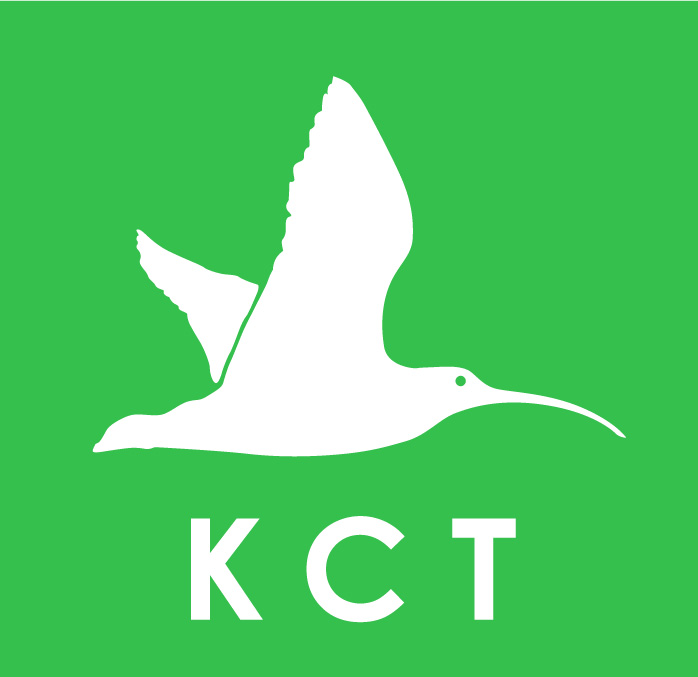
|
'Conserving wildlife and ancient landscape' Registered Charity Number: 702488 |
